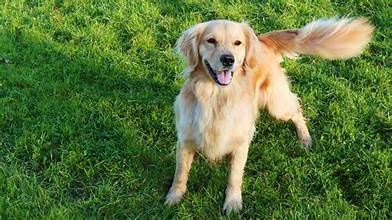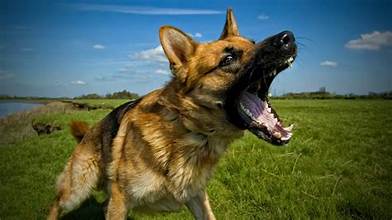Dogs are masters of nonverbal communication. Their tails, ears, eyes, and even their posture can convey a wealth of information. But what exactly are they trying to say? Let’s dive into the fascinating world of canine communication and learn to decipher those furry cues.
Understanding the Basics of Dog Communication
Dogs primarily communicate through body language. Their physical cues are often more reliable than their vocalizations. Here are some fundamental signals to watch for:

- Tail: A wagging tail doesn’t always mean happiness. A high, stiff tail can indicate excitement or aggression, while a low, tucked tail might signal fear or submission.
- Ears: Perked ears often suggest alertness or interest, while flattened ears can indicate fear or aggression.
- Eyes: Dilated pupils can signify excitement or fear. Relaxed, soft eyes usually indicate contentment.
- Body Posture: A relaxed, open posture suggests confidence, while a tense, rigid body might indicate fear or aggression.
Typical Dog Behaviors and Their Meanings
Some typical dog behaviors and what they might mean:

- Excessive Barking:
- This could indicate boredom, excitement, anxiety, or a desire to go outside.
- Chewing is often a sign of teething, boredom, or anxiety.
- Digging: Dogs may dig out of boredom, to bury something, or to escape.
- Mounting can be playful, a dominance display, or a sign of frustration.
Building a Stronger Bond Through Communication
Understanding your dog’s communication is essential for building a solid bond. Here are some tips:

- Spend Quality Time: Regular playtime and training sessions help strengthen your relationship.
- Observe Your Dog: Pay attention to your dog’s body language and behavior patterns.
- Seek Professional Help: If you need help understanding your dog’s behavior, consult a professional dog trainer or behaviorist.
- Positive Reinforcement: Reinforce positive associations to reward your dog for good behavior.
Remember, every dog is an individual. What one dog means by a particular behavior might differ from another. By carefully observing your furry friend and learning to interpret their cues, you can deepen your bond and create a healthier relationship.




